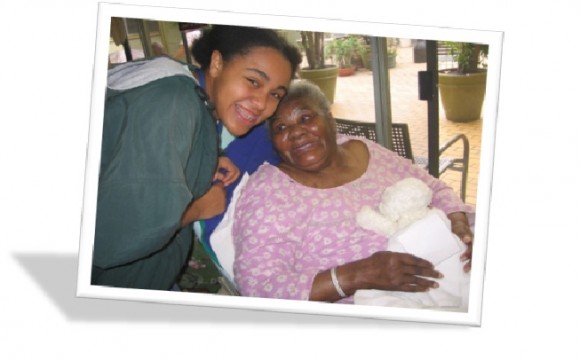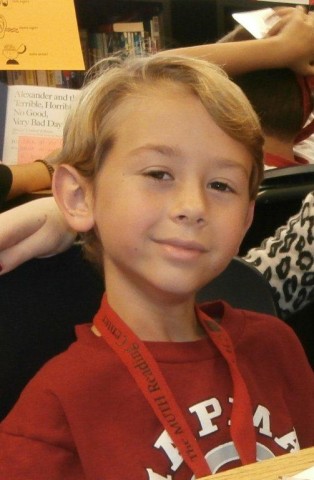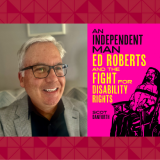Educational Lessons from CES Donor, Michael Sallinger
January 28, 2014
Marisol Rexach, Ph.D. in Education student, responds to the Jan. 13, 2014 blog: “
The Latest and Youngest donor to the CES – Michael Sallinger.”
How do humans learn? The question has intrigued educators throughout history and created respect for the theories of revolutionaries from Socrates to Howard Gardner. In practice, educators too often must do what is expedient instead of what works. Rethinking education often means giving license to educators to dream about unlocking the highest potential of each student. Is it enough to motivate students to learn merely for the purpose of economic survival or for the purpose of achieving a positive assessment to earn a sense of belonging for the sake of self or the sake of the school?
Michael Sallinger, the young boy featured on a recent CES blog for his donation to the Kathleen Muth Reading Center, is learning more than reading skills. This “pay it forward” opportunity has given him a chance to recognize the importance of unselfish giving. Pondering this, I was reminded of a past blog, featuring the integrated education model of education which is the foundation of the Full Circle Learning curriculum. I took the opportunity to discuss this with the founder and author, Teresa Langness. A few highlights of this conversation and the model reminded me of why I believe in this approach to education. It is what encourages me to advocate for true education reform that places emotional intelligence as a top priority.

This noblest of all educational visions, evidence suggests, could be the one that motivates learning in the most profound sense. The learning is not only cognitive but also emotional. It is not just theoretical but experiential and interactive. It is not just science-based but also artistic. It is not just individualized but also collaborative. It is learning that engages and develops the altruistic identity, and by doing so, motivates a higher degree of absorption and skills development. Engaging the altruistic identity motivates learning and brings many additional benefits for society and for the families and individuals that compose that society.
Oliner’s research (p. 377) identifies childhood as the most significant time for developing an inclusive, altruistic orientation, especially when families cannot nurture it or when so much time is spent away from family that those predisposed toward civic-mindedness lose the propensity to fully contribute to society. This model, then, improves the prognosis for capable and ethical leadership in the communities of the future and influences student aptitude by fostering globally altruistic attitudes. In the community served, it expands the range of educational opportunities.
Applying Abraham Maslow’s model of the hierarchy of needs, the highest level and the noblest vision would entice us to foster a personality able to find itself by losing itself – to see its identity and its creativity as part of a holistic world of beauty – to see its own learning as contributing to an ever advancing civilization, a world civilization not based on survival or fear or on the need to belong, but based on a sense of wholeness and well being and oneness – a desire to contribute for the good of all.
The success of the Full-Circle Learning model is supported not only by its triggers for students with varying learning styles and emotional constructs but also based on the research and premises of educators from several areas of expertise:
1. Young people instinctively search for deeper meaning in life and learning, and they look to positive role models to see how that meaning is played out behaviorally in society. This premise is based on research from the Commission on Children at Risk, a team of scientists and physicians, who linked anxiety, attention deficit, conduct disorders, and thoughts of suicide among youth with scientific findings suggesting that children are biologically hardwired for two important things too often lacking in today’s social and educational structures:
- enduring attachments to other people
- the search for moral and spiritual meaning. (Hardwired to Connect, Dr. Kathleen Kovner Kline of Dartmouth Medical School, 2003).
2. Research suggests that the best way to increase competency in standardized tests and on report cards is, paradoxically, to help a child enjoy learning and see its value. (Stipek and Seal, 2001,
Motivated Minds
, p. 4-5).
3. By teaching and modeling positive character traits, adults can help children internalize the perceptions and habits that will lead to success in school, harmonious relationships and spiritual well being (Costa, 1997
The School as a Home for the Mind
, 87-94)


